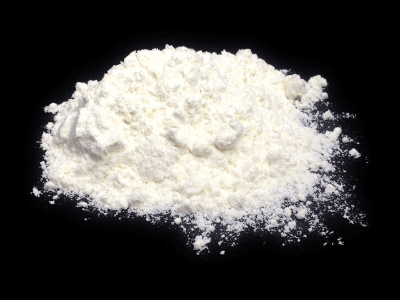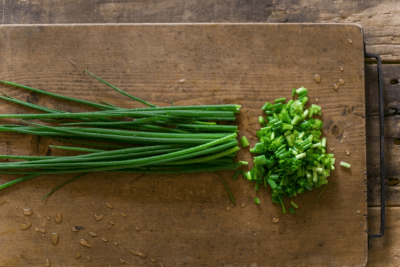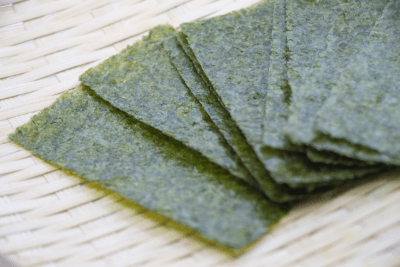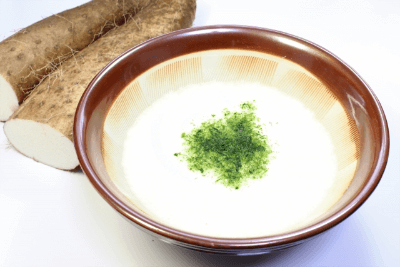

405 Cooking Classes in Tokyo
87 Classes in Tokyo
32 Classes in Tokyo
43 Classes in Tokyo
33 Classes in Tokyo
56 Classes in Tokyo
40 Classes in Tokyo
122 Classes in Tokyo
15 Classes in Tokyo
27 Classes in Tokyo
43 Classes in Tokyo
19 Classes in Tokyo
4 Classes in Tokyo
14 Classes in Tokyo
7 Classes in Tokyo
2 Classes in Tokyo
8 Classes in Tokyo
15 Classes in Tokyo
7 Classes in Tokyo
2 Classes in Tokyo
41 Classes in Tokyo
Nothing beats the taste of freshly made soba noodles from scratch. These traditional Japanese noodles, made from buckwheat flour, can be enjoyed in a variety of ways with accompanying dishes. Learn how to make your own soba noodles during your time in Tokyo!
We had a wonderful time at Miwako’s place ! Miwako and her friend Masako were very enthusiastic and gave us a very warm welcome. We had fun cooking tempura, soba and dango together. At the end of the meal we were both full (おなかが いっぱい!) The timing was perfectly calculated it took us 3h in...
Cooking with Takako was such a fun and unique experience. She met us at the local station and walked us to her apartment. She was so warm and welcoming - we felt like part of her family. We cooked and ate 4 dishes together - miso soup, green vegetables in a sauce, soba noodle salad and gyoza. She...
Cooking with Takako was such a fun and unique experience. She met us at the local station and walked us to her apartment. She was so warm and welcoming - we felt like part of her family. We cooked and ate 4 dishes together - miso soup, green vegetables in a sauce, soba noodle salad and gyoza. She...
It was a wonderful experience to make gyoza together with Takako. We had a great time :) Thanks a lot!
It was a wonderful experience to make gyoza together with Takako. We had a great time :) Thanks a lot!
Some of the best soba making classes for vegetarians in Tokyo include Homemade gyoza(Japanese dumplings) and Soba Salad Cooking Class (meat or vegetarians).
Popular cheap soba making classes in Tokyo include Tempra Soba & Shiratama dango.
On average soba making classes in Tokyo cost ¥8563 per person (based on airKitchen prices).
Homemade gyoza(Japanese dumplings) and Soba Salad Cooking Class (meat or vegetarians) is popular with other travelers visiting Tokyo.
All soba making classes in Tokyo on airKitchen are offered in English.
Please note that this is an example, and classes vary by host.
Buckwheat flour and water are the foundation of soba noodles, though often wheat flour is also added. The dough needs to be worked into a smooth, round ball.
Using a roller, spread the dough into a thin, rectangular sheet. Then use a sharp knife, preferably a sobakiri for soba specifically, to slice noodles out of the dough.
Boil your noodles for about just one minute, before draining and rinsing them under cool water.
The broth and ingredients soba noodles are served with depends on the type of dish you're making. Some popular toppings include green onion, aburaage (deep-fried tofu), seaweed, and tempura.
With your noodles and other ingredients prepared, you're ready to assemble everything for serving! Depending on what soba dish you're making, noodles might be served in broth or alongside dipping sauce, hot or cold.
One of the most recognizable and simplest forms of soba, zaru soba consists solely of cold soba noodles served alongside a chilled dipping sauce. Mori soba is identical to zaru soba except that only zaru soba has nori (dried seaweed) sprinkled atop.
Kake soba is a simple way to enjoy soba noodles in a hot dish. Noodles sit in a mild broth flavored with soy sauce, mirin, and dashi. Green onion and shichimi pepper are typical garnishes.
There are several theories as to how kitsune soba got its name – "kitsune" means "fox" in Japanese. One claims that foxes love the abuurage (deep-fried tofu) that always accompanies this type of kake soba dish. Confusingly, kitsune soba is called tanuki soba in Kansai, but tanuki soba carries a different meaning in Kanto – read on to learn more.
Tanuki soba, known as haikara soba in Kansai, features tenkasu as a topping. Tenkasu refers to small, crunchy pieces of deep-fried tempura (flour) batter. It is always served warm.
As its name suggests, tempura soba is characterized by its tempura toppings. Shrimp and vegetable tempura are popular choices, though some vendors use kakiage as a cheaper alternative. Kakiage is tempura made from varied small bits of seafood and veggies. This type of soba dish is served both hot and cold.
Also known as yamakake soba, tororo soba is distinguished by the slimy nagaimo potato puree that garnishes it. The glutinous and fresh texture of the grated nagaimo contrasts well with the salty, dashi-flavored broth. Another dish that can be eaten both hot and cold, it is often topped with egg and green onion.
Oroshi soba is a chilled and refreshing dish served with a cold sauce. It is always topped with grated daikon (daikon oroshi), as well as usually dried seaweed (nori) and green onion.
Buckwheat flour
Green onion
Dried seaweed
Deep‐fried tofu.
Grated yam
Grated Daikon Radish
Tokyo is one famous city and every year several tourists visit Tokyo. The buildings, architecture and the lighting of the town at night attract many people. There are a host of activities to take part in, like shopping and trying various local dishes. In Tokyo, there are numerous roadside cafes and restaurants. Japanese love to have soups and several types of noodles in their dinner. Soba is one of the most commonly available noodles in Tokyo Soba are noodles that are made from a particular kind of material known as buckwheat flour. At grocery stores, soba noodles are available, which are to be cooked. Japanese use special spices and sauces to make Soba noodles. You can join the soba making class in Tokyo to learn more about soba noodles. You will also get to know the authentic recipe of soba. Outside Japan, such dishes don’t have their original taste. Therefore, it is best to learn about to make soba in Tokyo.



























